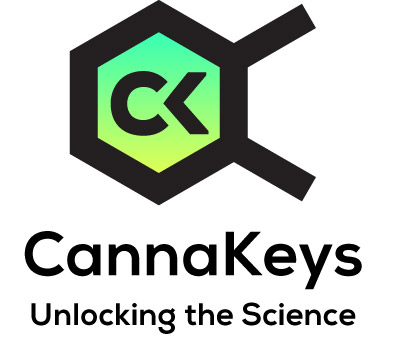RELATED STUDY
Potential Mechanisms Influencing the Inverse Relationship Between Cannabis and Nonalcoholic Fatty Liver Disease: A Commentary
Key Findings: The data suggested that cannabis, composed of THC among other exocannabinoids, was independently associated with a lower risk of NAFLD. Therefore, tolerance of CB1 from repetitive THC use may be the mechanism behind the inverse relationship that was noted in this study population.
Type of Study: Meta-analysis
Study Result: Positive
Research Location(s): United States
Year of Pub: 2019
Cannabinoids Studied: Cannabidiol (CBD), Tetrahydrocannabinol (THC), Anandamide (AEA), 2-Arachidonoyl Glycerol (2-AG), Tetrahydrocannabivarin (THCV)
Phytocannabinoid Source: Not Applicable
Ligands Studied: Anti-inflammatory cytokines
Citation: Dibba P, et al. Potential Mechanisms Influencing the Inverse Relationship Between Cannabis and Nonalcoholic Fatty Liver Disease: A Commentary. Nutr Metab Insights. 2019; 12:1178638819847480. doi: 10.1177/1178638819847480
Authors: Dibba P, Li AA, Cholankeril G, Ali Khan M, Kim D, Ahmed A

